IEA: global CO2 emissions rebounded to their highest level in history in 2021; largely driven by China
Green Car Congress
MARCH 9, 2022
Global energy-related carbon dioxide emissions rose by 6% in 2021 to 36.3 billion tonnes, their highest ever level, as the world economy rebounded strongly from the COVID-19 crisis and relied heavily on coal to power that growth, according to new IEA analysis. billion tonnes, accounting for 33% of the global total.

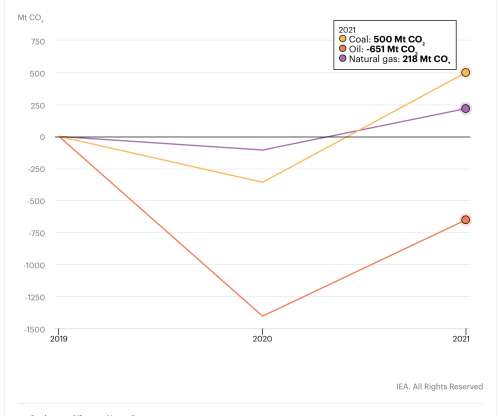

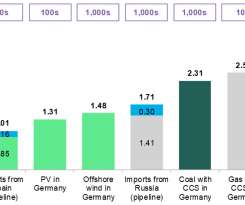
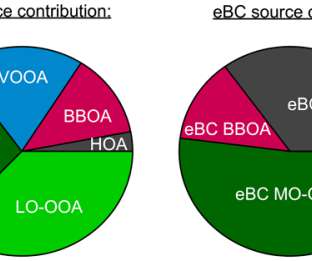
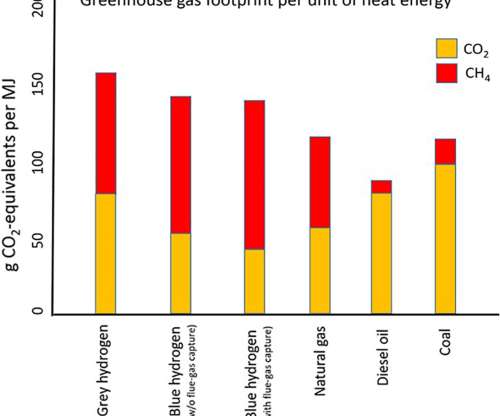











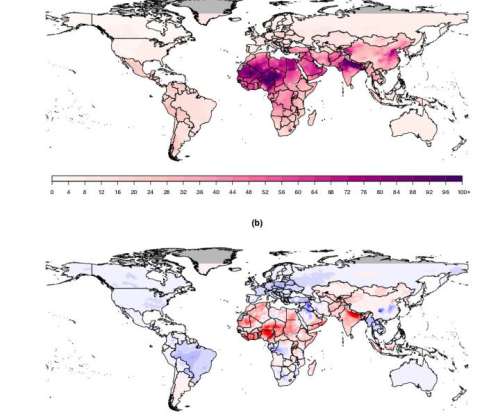





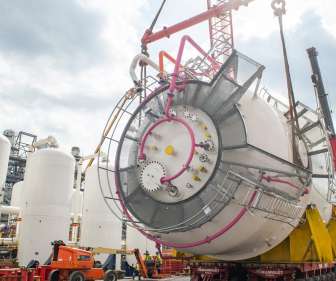





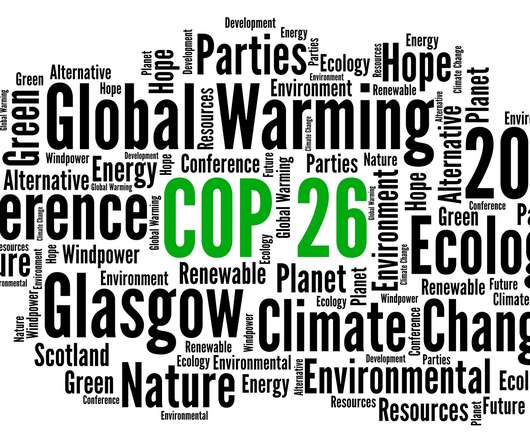










Let's personalize your content